You have probably already heard about software purchasing – at least as a term. Is this perhaps one trending term without any real benefit in marketing? With this blog, you will get an overview of software purchasing and its features mirrored in Google Display Network (GDN) advertising (later Display advertising).
Definition of Display Advertising
Display Advertising is banner advertising carried out on different websites, apps and videos. Banners can be static or animated, and there are also, for example, responsive Display ads that use Google’s automation to create. The display network has more than 90% of internet users worldwide.
What is software purchasing?
In short, software purchasing refers to the purchase of advertising through systems – machines and algorithms. So, it is a way to buy advertising where, unlike direct purchase, the buyer has control over the campaign. In-app purchases make your ads appear even more widely in the best advertising locations in the most popular media.
Automation is utilised in the purchasing process, which reduces the manual phases and makes purchasing more efficient. However, the process is not fully automated, but it still includes certain manual steps, such as making additional orders or advertising tags. People must always design and optimise advertising even in software purchasing.
In an ideal situation, targeted advertising can be utilised in software purchasing together with real-time purchased data. Buyers get automated systems for decision-making. The effectiveness of advertising can be ensured, as the systems assess the values of advertising screens for the advertiser.
Utilizing data is essential for software purchasing. It can be purchased from a third party or used to target the advertiser’s own data. Data combined with functional tools enables you to identify messages effectively in each context.
The following are used as systems for software purchasing:
- Purchase system DSP (demand-side platform)
- Sales system SSP (supply-side platform)
In other words, advertising mode is purchased using DSP systems from SSP systems. Purchasing systems can conveniently decide where, when and for which target group the campaigns will be carried out. Inter-system purchase transactions are completed using the Real Time Bidding (RTB) protocol. Buying takes place in a fraction of a second at an auction where advertising space is competed with other advertisers.
Software Purchasing vs. Display Advertising
There are a lot of similarities in software purchasing and Display Advertising, but there are also differences. Although software purchasing is actively on the surface, it is not suitable for every purpose. Three points have been compared between software purchasing and Display Advertising, which, at least for the time being, are in favour of Display Advertising.
1. Targeting query-level data
Search web advertising is, of course, the most functional channel for targeting advertising based on survey-level data, but it also works in Display Advertising in certain respects. The Display network interprets the relevance of the website and enables the use of survey-level data in advertising. In addition, certain third-party companies also offer a survey-like targeting option on the Display network.
Display Advertising can be targeted to make ads appear, for example, to specific audiences or in specific locations. Typical audiences are affinity, i.e. interested audiences and In-Market, i.e. audiences who are about to buy, as well as tailored audiences: custom affinity and custom intent. Customization can be done, for example, by adding keywords that potential customers are likely to use when applying for products or services offered by the company.
In software purchasing, you can take advantage of third-party data. The potential for this is enormous because third-party data is more widely available. However, if advertising is small-scale and budgets are low, investing in targeting does not necessarily bring a significant additional benefit to networks utilised through programmatic purchasing. Google’s Display network provides quite sufficient targeting opportunities, and in this case, targeting, especially by using survey-level data, can be made cost-effective.
2. Pricing
Display Advertising offers three different pricing options:
- CPC (cost per click): click-by-click pricing
- CPM (cost per million): 1.000 impressions
- CPA (cost per action): pricing according to a feature such as a free demo trial
These provide flexible variations to pricing according to your situation and can allow you to have a significant number of impressions for your ads. Of course, the number of views is influenced by many other things, such as competition and seasons. Display Advertising does not have a minimum consumption limit, so even a small budget can deliver results.You can start advertising from warm audiences for example, those who have already visited your website, and focus on making them return to the website. After that, advertising can also be scaled to colder audiences and increase their awareness of your business.
There are also different pricing options for software purchasing, but pricing typically takes place based on CPM pricing. It is calculated using the following formula:
- CPM = (ad spend/ ad impressions) x 1.000
Therefore, the price of impressions for a software purchase can be different for each impression, according to the quotes. If the price offers are too low, you may not get any impressions at all. According to the agreement, there may also be a so-called minimum fee, which will be charged if the cost of impressions on ads does not exceed this amount. In addition, a pre-agreed percentage of fees may be charged in Commissions. In principle, therefore, software purchasing requires more investments in order to obtain impressions and thus to achieve results.
For the first time when starting advertising on different display networks, it is a good idea to play it safe and start with Google’s Display Advertising. Once you have made it work profitably, you can also start thinking about software purchasing as an alternative – especially if you are willing to invest more money in advertising. Especially in smaller campaigns, Display Advertising can work very cost-effectively even with a moderate budget.
3. Measurability and expectations
Measurability is extremely important in digital marketing. The MRACE framework we use as a sales funnel is based on the fact that we measure everything essential that can be measured. Utilizing data is critical to get the most out of software purchasing as well.
Whether it is software purchasing or Display Advertising, the different stages of the customer’s purchase path must also be taken into account just as we take our MRACE model into account. Before starting with advertising, it is also necessary to define what you want to achieve in order to choose the right marketing method. The objectives and expectations must be realistic or otherwise both parties – both buyers and sellers – will be disappointed.
Summary
Software purchasing – as well as Display Advertising alone – does not solve the basic marketing problems. Conversion-optimized and a purchase path-aware website can never be overemphasised. If your website does not show what you are selling it does not matter how much traffic you can get there through ads. The product itself, the price and, of course, the brand also play a part. So one should not imagine that a software purchase would be a lifeline if the basics in business are not in order. The basics must therefore be in order, whether it regards software purchasing or Display Advertising.
Even today, Display Advertising works cost-effectively, especially in smaller campaigns where budgets are moderate. At the very least, the coverage of the Display network is sufficient, and accurate targeting can be used to show ads to potential customers at reasonable expenses. Pricing models are flexible and can be selected according to the customer’s situation and business. Software purchasing offers additional opportunities that may not be necessary for smaller-scale advertising. If you have not had any experience with any kind of online Display Advertising, it is the safest to start with Google Display Advertising.
However, software purchasing is here to stay. Already in 2018 software purchases accounted for 36% of advertising on display networks and amounted to EUR 54.2 million. There has been an annual growth, and there is no information about a slowdown, so it is worth keeping an eye on the development of software purchasing.


